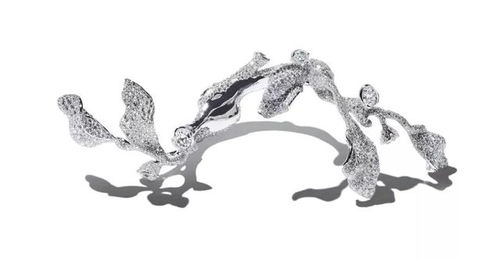Content:
In the vast and intricate world of nature, every creature has its own unique way of survival. One such fascinating creature is the humble housefly, often overlooked but surprisingly adept at fishing. Yes, you read that right; the tiny housefly has developed some rather ingenious techniques to catch its prey, especially when it comes to fishing. In this article, we will delve into the art of fly fishing and explore the techniques employed by these diminutive anglers.
Understanding the Housefly's Fly Fishing Setup
Before we dive into the specifics of the housefly's fishing techniques, it's essential to understand the setup. Houseflies, unlike humans, do not use rods, reels, or artificial lures. Instead, they rely on their natural instincts and the environment around them to catch their prey. Here's a breakdown of the housefly's fly fishing setup:
The Fly: The housefly itself serves as the lure. Its slender, elongated body and fluttering wings mimic the movement of struggling prey, attracting the attention of potential victims.
The Water: Houseflies typically fish in still waters, such as ponds, streams, or puddles. These environments provide ample opportunities for prey to become disoriented and easy targets.
The Surroundings: The fly fishing housefly is a master of camouflage. It blends seamlessly into its surroundings, making it difficult for prey to detect its presence.
The Art of the Approach
The first step in the housefly's fly fishing technique is the approach. Here's how it does it:
Patience: Houseflies are patient predators. They spend a considerable amount of time observing their surroundings, waiting for the perfect moment to strike.
Silent Movement: Unlike larger fish, houseflies do not make a lot of noise when they move. They use their slender bodies to glide gently over the water's surface, minimizing disturbances.
Timing: The housefly waits for the right moment to approach its prey. It studies the prey's movements and strikes when the prey is least expecting it.
The Technique of the Strike
Once the housefly has approached its prey, it must execute a precise strike to secure its meal:
Accuracy: The housefly must time its strike with pinpoint accuracy. It uses its wings to control its movement and ensures that its body is in the perfect position to land on the prey.
Agility: Houseflies are incredibly agile, capable of making rapid changes in direction. This agility allows them to outmaneuver their prey and avoid detection.
Strength: Despite their small size, houseflies possess surprising strength. They can grasp onto their prey with their legs and hold on tight until they are ready to consume it.
The Importance of Camouflage
Camouflage plays a crucial role in the housefly's fly fishing technique. Here's how it uses it to its advantage:
Color Matching: Houseflies blend in with their surroundings by matching their color to the environment. This makes it difficult for prey to spot them from a distance.

Wing Pattern: The intricate patterns on the wings of a housefly help it blend in with the surface of the water. This pattern also helps to create a realistic illusion of struggling prey.
Body Shape: The slender body of the housefly mimics the shape of its prey, making it even harder for the prey to detect its presence.
Conclusion
The housefly's fly fishing techniques are a testament to the incredible adaptability and ingenuity of nature. While the housefly may not be the most traditional angler, its methods are surprisingly effective. From its patient approach to its precise strikes and expert use of camouflage, the housefly has developed a unique and successful method of securing its food. So the next time you see a housefly buzzing around, take a moment to appreciate its fly fishing prowess. It's a reminder that even the smallest creatures can exhibit remarkable skills and strategies in their quest for survival.












